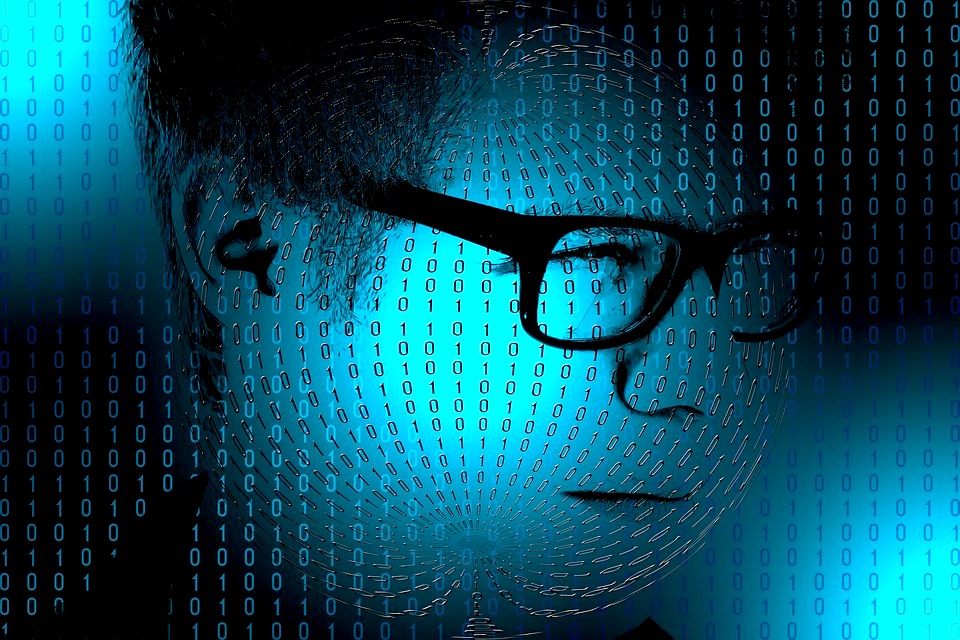This post was most recently updated on August 2nd, 2023
Making Sense Of Blue Light
You have probably heard of blue light and it’s harmful effects on your vision. However, making sense of blue light and its affects can be difficult. What exactly is blue light and is it bad for you?
What Is Blue Light?
Sunlight contains red, orange, yellow, green and blue light rays. Combined, this spectrum of colored light rays creates what we call “white light” or sunlight. Without getting too complicated, light rays with shorter wavelengths have more energy. Blue light rays with the shortest wavelengths (and highest energy) are sometimes called blue-violet or violet light. This is why the invisible electromagnetic rays just beyond the visible light spectrum are called ultraviolet (UV) radiation.
Blue light has benefits and dangers. Some important points you should know about blue light are it is everywhere, these rays are what make the sky look blue, and too much exposure may increase the risk of macular degeneration. Blue light contributes to digital eye strain and protection from this light may be even more important after cataract surgery. The main source of blue light is the sun, however there are also many indoor sources of blue light, most notably fluorescent and LED lighting, the display screens of televisions, computers, smartphones and other digital devices. Many eye doctors and other health care professionals are concerned about possible long-term effects of blue light on eye health.
Why Not Block All Blue Light?
It is important to note not all blue light is bad. While it is beneficial to block bad blue light, some blue light exposure is essential for good health. Research has shown high-energy light boosts alertness, helps memory and cognitive function, and elevates mood. It is also very important in regulating the sleep cycle. Getting too much blue light late at night can disrupt your circadian rhythm, leading to sleepless nights and daytime fatigue. Primary sources of this blue light include smartphones, tablets, computers, televisions and even your energy-saving light bulbs.
How Can You Protect Your Eyes From Harmful Blue Light?

Computer glasses can be helpful in reducing blue light exposure from computers and digital devices. You can get blue-blocking anti-reflective lenses with or without a prescription and in most lens materials. There are several manufacturers of anti-reflective lens treatments that reflect harmful blue light, and one of our favorite is Hoya’s Recharge.
Recharge is an ant-reflective coating that reflects harmful blue light while ensuring that the portion of blue light needed for optimal contrast and other health benefits is allowed to pass through the lens. According to Maria Petruccelli, director of the professional business division at Hoya Vision Care Canada, “Recharge reduces blue light by about 30 per cent in the HEV light range. It increases contrast and visual sharpness, reduces glare, and provides a measure of protection from blue light risks. It also provides Hoya AR quality on physical attributes, including adhesion, scratch resistance, longevity and cleanability.”
Because Recharge helps to protect against the harmful effects of blue light, it may be prescribed for HEV light reduction to lower the long-term risk of blue light associated with retinal damage and cataracts. Recharge is available on all Hoya lenses.
Ask your eye doctor about which type of vision correction and lens features best suit your needs for viewing your computer and other digital devices and protecting your eyes from blue light.

